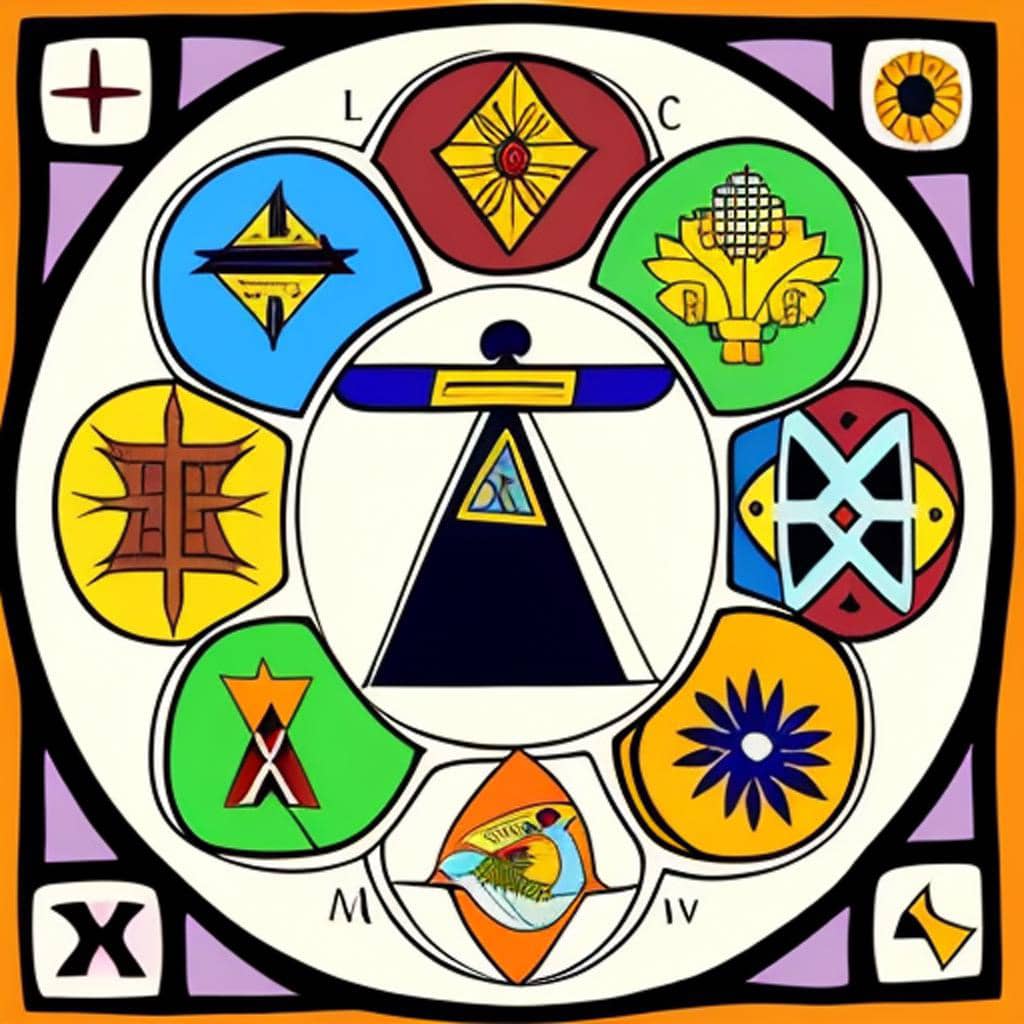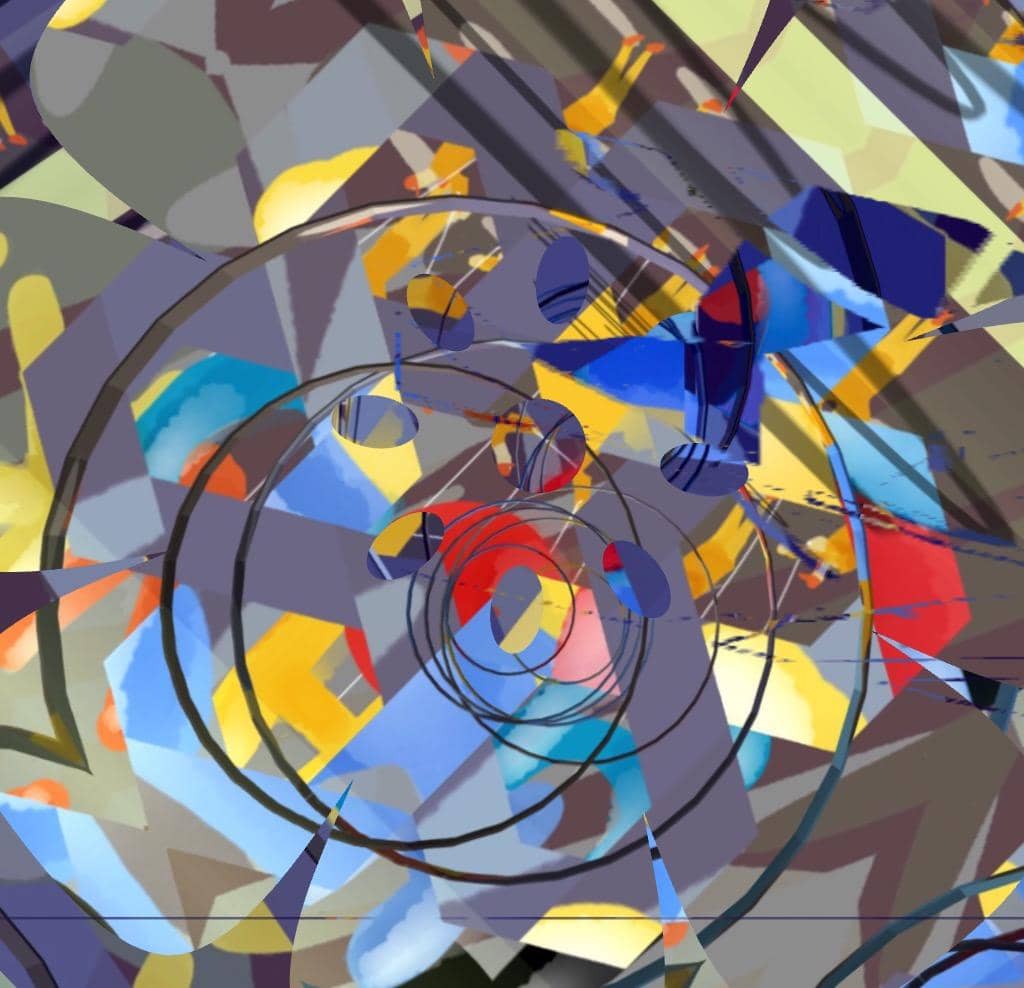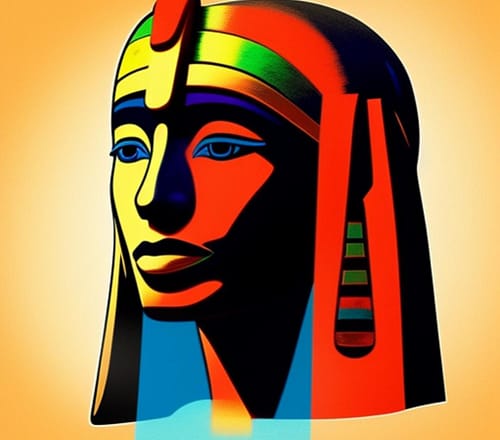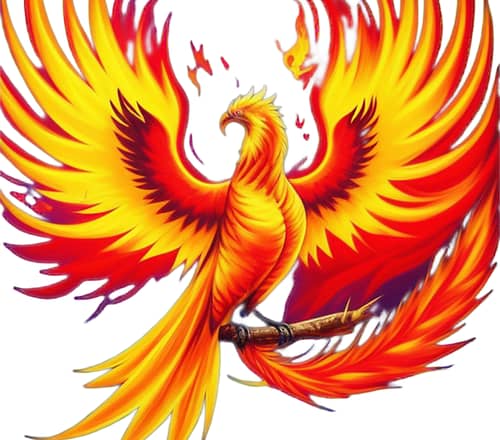
Table of Contents
Table with main symbols and their meaning for South America
| Symbol | Culture | Meaning |
| Machu Picchu | Incan | Represents the iconic archaeological site in Peru, and serves as a symbol of Incan civilization, culture, and architectural achievement. |
| Tango | Argentinian | Represents the traditional dance of Argentina, and serves as a symbol of Argentinian music, culture, and artistic expression. |
| Christ the Redeemer | Brazilian | Represents the iconic statue of Jesus in Rio de Janeiro, Brazil, and serves as a symbol of Brazilian religious devotion, cultural heritage, and natural beauty. |
| Condor | Andean | Represents the iconic bird found in the Andes, and serves as a symbol of Andean wildlife, freedom, and natural beauty. |
| Amazon Rainforest | South American | Represents the largest rainforest in the world, and serves as a symbol of South American biodiversity, natural beauty, and ecological importance. |
| Chakana | Incan | Represents the Incan cross and serves as a symbol of Incan spiritual beliefs, cultural heritage, and cosmic order. |
| Tango Shoe | Argentinian | Represents the traditional shoe worn for tango dancing, and serves as a symbol of Argentinian elegance, style, and cultural heritage. |
| Jaguar | South American | Represents the largest cat found in South America, and serves as a symbol of South American wildlife, power, and beauty. |
| Quetzal | Mayan | Represents the iconic bird found in the Mayan region, and serves as a symbol of Mayan spirituality, freedom, and natural beauty. |
| Samba | Brazilian | Represents the traditional dance and music of Brazil, and serves as a symbol of Brazilian culture, energy, and artistic expression. |
| Andean Cross | Andean | Represents the traditional cross found in Andean cultures, and serves as a symbol of Andean spirituality, cultural heritage, and cosmic order. |
| Pisco | Peruvian | Represents the traditional alcoholic beverage made in Peru, and serves as a symbol of Peruvian culture, hospitality, and culinary heritage. |
| Capoeira | Brazilian | Represents the traditional martial art and dance form of Brazil, and serves as a symbol of Brazilian creativity, athleticism, and cultural heritage. |
| Alpaca | Andean | Represents the iconic animal found in the Andes, and serves as a symbol of Andean textile artistry, cultural heritage, and natural beauty. |
| Mate | Argentinian | Represents the traditional caffeinated beverage consumed in Argentina, and serves as a symbol of Argentinian hospitality, social interaction, and cultural heritage. |
| Inti Raymi | Incan | Represents the traditional Incan festival celebrating the winter solstice, and serves as a symbol of Incan spirituality, cultural heritage, and agricultural cycle. |
| Machismo | Latin American | Represents the traditional cultural concept of masculinity in Latin America, and serves as a symbol of gender roles, power dynamics, and social norms. |
| Llama | Andean | Represents the iconic animal found in the Andes, and serves as a symbol of Andean transportation, wool production, and cultural heritage. |
| Candomble | Brazilian | Represents the traditional Afro-Brazilian religion, and serves as a symbol of Brazilian spiritual diversity, cultural heritage, and social identity. |
| Maracana Stadium | Brazilian | Represents the iconic soccer stadium in Rio de Janeiro, Brazil, and serves as a symbol of Brazilian soccer culture, passion, and national pride. |
| Inca Trail | Incan | Represents the traditional trail used by the Incas to reach Machu Picchu, and serves as a symbol of Incan engineering, cultural heritage, and natural beauty. |
| Carnaval | Brazilian | Represents the traditional pre-Lenten festival celebrated in Brazil, and serves as a symbol of Brazilian music, dance, and cultural diversity. |
| Ceviche | Peruvian | Represents the traditional seafood dish of Peru, and serves as a symbol of Peruvian culinary heritage, freshness, and flavor. |
| Salsa | Latin American | Represents the traditional dance and music form of Latin America, and serves as a symbol of Latin American rhythm, energy, and cultural heritage. |
| Sugarloaf Mountain | Brazilian | Represents the iconic mountain in Rio de Janeiro, Brazil, and serves as a symbol of Brazilian natural beauty, geological wonder, and cultural heritage. |
| Chimichurri | Argentinian | Represents the traditional sauce used in Argentinian cuisine, and serves as a symbol of Argentinian culinary heritage, flavor, and seasoning. |
| Nazca Lines | Peruvian | Represents the iconic geoglyphs in the Nazca Desert, Peru, and serves as a symbol of ancient Peruvian artistry, cultural heritage, and mystery. |
| Tango Music | Argentinian | Represents the traditional music of tango, and serves as a symbol of Argentinian passion, romance, and cultural identity. |
| Guarana | Brazilian | Represents the traditional energy drink made from the guarana plant, and serves as a symbol of Brazilian culinary heritage, natural energy, and health benefits. |
| Chicha | Andean | Represents the traditional fermented beverage made from corn, and serves as a symbol of Andean culinary heritage, social interaction, and cultural identity. |
Shopcorner
Symbols books on Amazon
Spirits of the Earth: A Guide to Native American Nature Symbols, Stories, and Ceremonies On Amazon
What is your favorite symbol and why?
Sources openai Language models, aitrot, picsart and mib
Embark on a journey into the realm of affiliate marketing and craft your own website within a vibrant, supportive community. Join me in this adventure, where you can begin as a free starter and stay as long as you desire. Enjoy complimentary hosting and foundational teachings to set you on your path. For those with advanced skills, opportunities to elevate your expertise await. Take a moment to explore and witness the magic for yourself!




